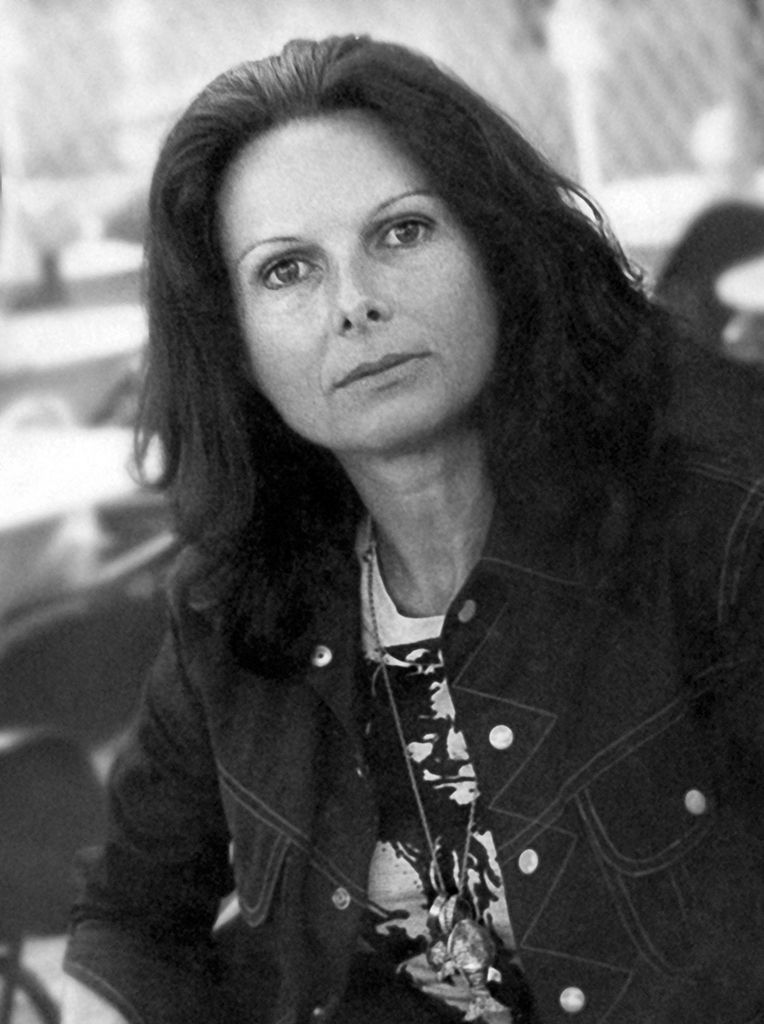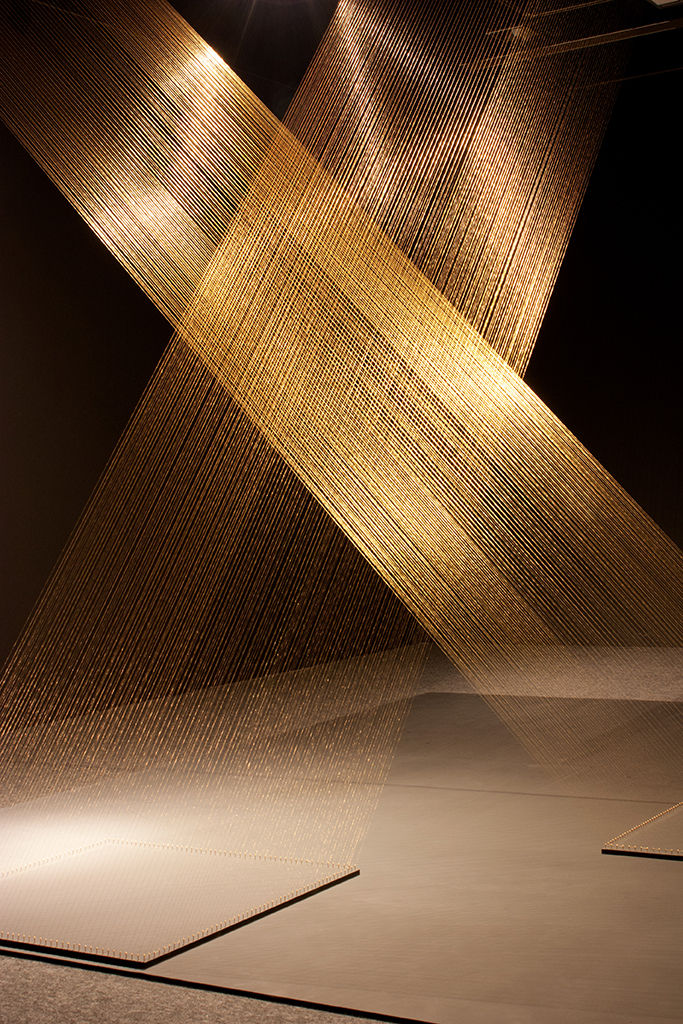Fifteen years after Lygia Pape’s death, an eclectic artist from Rio De Janeiro, Fondazione Carriero presents an her personal exhibition, with the intent to narrate and explore her artistic path, an interesting key for the interpretation of the issues of our present in an approach based less on rules and more oriented to spontaneity and instinct. The exhibition, curated by Francesco Stocchi, is the first ever held in an Italian institution on one of the greatest and most important leading figures of Neoconcretism in Brazil.

Over the forty-five years of Lygia Pape’s career, her art has spanned a various range of genres and expressing media, narrating itself through the world of sculpture, engraving, painting, ballet, photography, drawing, performance, cinema, video and installation. Lygia Pape has been a key figure in the movement of Concretism and co-founder of the movement of the Neo-concretism, artistic and cultural waves very active in Brazil during the 1950s and 1960s. At that time, she questioned the fundamentals of abstractionism at the basis of the aesthetic philosophy of Concrete Art and she aimed to express herself in a more sensorial and harmonious way. Precise, geometric, linear and minimalist art was represented in the early years of her career, building a vocabulary based on the geometry of lines, cuts and grids. The geometric forms of Concrete Art are thus reformulated and transformed into three-dimensional organic objects: only in the meeting with the viewer’s experience through the senses, and in his active and personal participation, the process will be implemented and in this way, the artwork will complete.

The multifaceted Brazilian artist has adopted the language of European Modernism and then merged it with the instances of the culture of her country, until generating a very personal synthesis of artistic practices. The most important element of her art is her visceral relationship with her homeland, Brazil. Lygia Pape’s artwork conveys a particular declination of Modernism, where the human figure plays a central role and the language opens up to sensuality. While European Modernism proposes getting beyond the past, through an organized system of theory and method, rigor and rationality, Lygia Pape’s modernist perspective feeds on her culture of origin: she is thus able to move and transform herself more freely, drawing inspiration from nature and humankind. The result of this process gives life to a corpus of artworks that mixes different expressive media, stimulating all the viewer’s channels of perception, until she reinvents the relationship between herself and the artwork in a strongly contemporary perspective.

The exhibition “Lygia Pape” will be held from 28 March to 21 July 2019 and it has been made possible thanks to the close collaboration with Estate Projeto Lygia Pape, and loans from prestigious public institutions and private collections.
It offers visitors the opportunity to get closer to the artist’s production and to observe it from many points of view, starting from the analysis of her research, a synthesis of invention and contamination, of past and present, from which color, joy and sensuality emerge. Full and empty, presence and absence coexist, highlighting the figure of the artist and her continuous experimentation, supported by the ability to combine materials and techniques in a new way, through the use of expressive methods and unconventional languages. The complex of her production reveals how each new research is born and develops as a natural evolution of the previous ones , in an harmonic continuum. These connections are highlighted by the setting up of the artworks on display, spreading through the three floors of the Foundation and remain linked together by a common root; the leitmotif finds its origin in the observation of nature and in its translation into signs. Following the architecture of the Foundation, the exhibition represents a true voyage into the artist’s world, which is organized in different spaces, each dedicated to the deepening of one specific aspect of her work, through the presentation of nuclei of pieces created between 1952 and 2000.
The works on view include some of her most important pieces, such as “Livro Noite e Dia” and “Livro da Criação”, books seen as objects with which the viewer establish a relationship and which condense mental and sensory experiences. The “Tecelares”, a series of engravings on wood, in which Brazilian folk tradition is combined with the Constructivist research of European origin. The exhibition also features “Tteial”, the famous installation that embodies all Lygia Pape’s investigation of materials, the three-dimensionality and the constant drive towards innovation and reinterpretation of her language.

Lygia Pape
Curated by: Francesco Stocchi
Period: 28 March 2019 - 21 July 2019
Opening hours: from Tuesday to Sunday, from 11.00 am to 6.00 pm
closed on Mondays
Where: Fondazione Carriero
via Cino del Duca, 4 - 20122 Milan
Free entry
-Giulia Zamponi



